Apple Watch Series 3 is still a major player in Apple's smartwatch lineup, as the legacy device outperformed its newer Series 4 siblings to drive a bulk of Apple's wearables sales for the third quarter of 2018.
According to the latest estimates from IDC, Apple shipped 4.2 million Apple Watch units during the quarter ending in September for a 13.1 percent share of the global market. The figure, up 54 percent from 2.7 million units shipped during the same period last year, was good enough to put Apple in the No. 2 spot behind Xiaomi.
Though the Cupertino tech giant launched a redesigned Apple Watch Series 4 with larger display and advanced health monitoring features last quarter, it was the Series 3 that accounted for a majority of its wearable sales. A slate of new features delivered alongside watchOS 5 and a reduced price point stoked demand for the year-old smartwatch, IDC said.
The recently released Apple Watch Series 4 accounted for less than 20 percent of quarterly shipments, according to IDC estimates.
After relinquishing its crown as the world's largest wearables maker to Apple this summer, Xiaomi clawed its way back to the top in the third quarter on strong sales of the Mi Band 3 and an expansion beyond the Chinese market. The Chinese company shipped 6.9 million units for a 21.5 percent marketshare in quarter three, up a whopping 90.9 percent year-over-year.
Fitbit managed 3.5 million unit shipments across its varied product line for a 10.9 percent share of the market, down 3.1 percent from the same time last year. Of note, high demand for the Versa made Fitbit the second largest smartwatch vendor behind Apple.
Huawei and Samsung drew up the rear in fourth and fifth place with a respective 1.9 million and 1.8 million units shipped. Huawei enjoyed 20.3 percent growth on the year, while Samsung was up 91 percent.
As for the wider market, IDC saw basic wearables return to growth as manufacturers build in more advanced capabilities typically reserved for smartwatch devices.
"Many of the new basic wearables include features like notifications or simple app integrations that bleed into smartwatch territory. This has helped satiate consumer demand for more capable devices while also maintaining average selling prices in a market that faces plenty of downward pressure from low-cost vendors and declining smartwatch pricing," said Jitesh Ubrani, senior research analyst at IDC.
Apple first claimed the wearables market crown from longtime frontrunner Xiaomi in June and held that position for two quarters. The recent resurgence of basic wearables, again led by Xiaomi, appears to have come at the expense of more expensive devices marketed by Apple. That could change in the near future as the features — and prices — of basic category devices continue to bleed into smartwatch territory.
 Mikey Campbell
Mikey Campbell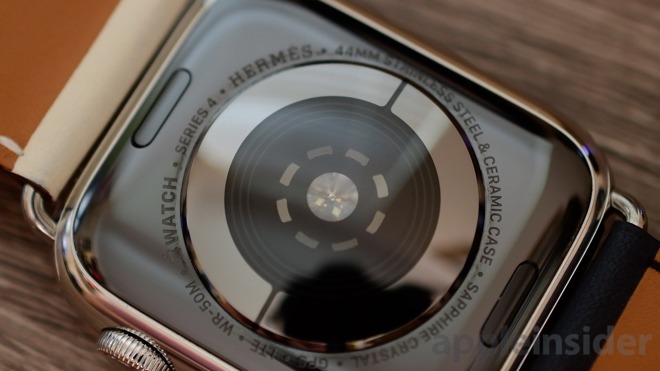







-m.jpg)





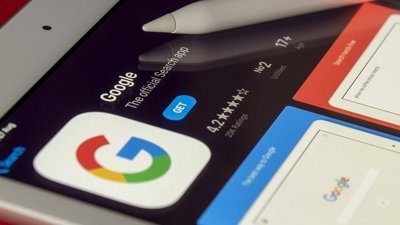
 Marko Zivkovic
Marko Zivkovic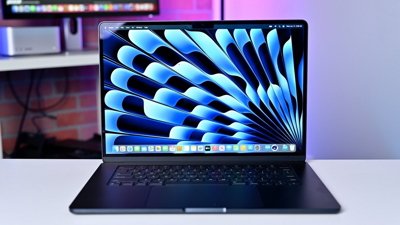
 Wesley Hilliard
Wesley Hilliard
 Christine McKee
Christine McKee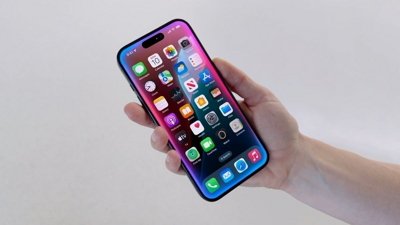
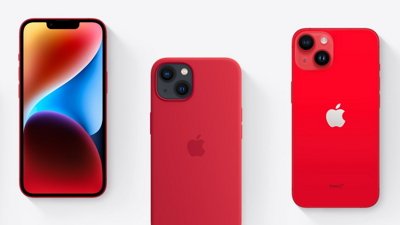
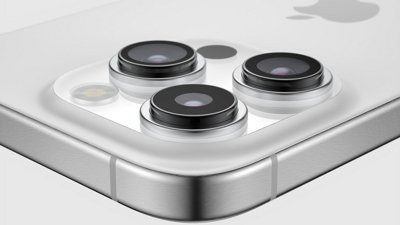
 Malcolm Owen
Malcolm Owen
 William Gallagher
William Gallagher
 Andrew O'Hara
Andrew O'Hara







44 Comments
Considering how much faster the AW4 is over 3, I cannot imagine buying or recommending the 3 anymore.
For God’s sakes - at least mention that the Xiaomi devices sell for $25. Have some journalistic curiosity and don’t just regurgitate IDC’s crap ‘research’
Also, the Seiries 4 was not generally available until mid October. Halfway through the quarter
Wow, if my business relied on market metrics from IDC. I'd just save the money and roll dice instead. Even a cursory review of their reporting shows glaring, if not entirely comical errors.
Like putting devices like the Mi Band 3 in the same category as the Apple Watch or indeed any smart watch:
- The device still lacks basic features that were mature in the Gen 0 Apple Watch.
- They are in vastly different price brackets
- Shipped units of a low-RRP, cheap to manufacture plastic band has no bearings on market share whatsoever, nor the smartwatch market.
- The item is frequently a gift with purchase
IDC might as well put Razor scooters in the same category as luxury vehicles. To satiate market demand for people to move around on wheels. :D
These glaring faults don't even scratch the surface of how IDC actually have no realistic ability to estimate both watch sales figures, units or model share.
Of course the 4 didn’t sell as much. Everywhere I go I see the 3 front and center. The 4 I only find at Apple. It’s weird.
The 4 absolutely destroys the 3 in every way. But most people just think it’s incrementel like the first two revisions were. At that point they are looking at price. And the 4 is a good bit more expensive.
Apple is also padding their margins heftily. While that’s good per unit sales, it’s rough over all. It’s gives an inflated sense of value which is also good. But it also feels like a foolish purchase at times. A bit more ram or storage? Take out a second mortgage please. It’s unbelievable in some cases.
As a professional creative in both static and motion art covering digital and print, Apple has a substantial footprint in my home and vehicle. It also has a major footprint in my workplace. However, this year when I’ve submitted budget requests for just two Apple products, I was shot down due to the exorbitant price in comparison to other manufacturer hardware. And it’s something even I was unable to justify.
I like thst the products are priced in accord accord with the card put into crafting them. I am infuriated by the gouging of customers like me who actually need hefty performance from our machines.
And im concerned that other agencies and businesses will be making decisions just like my workplace.
There is s difference between “paying more for better” and “just plain foolish.” At this point, and it pains me to admit it - especially after being s driving force behind Apple s dominance in my workplace, but Apple has taken 2018 as an opportunity to for e people into the “just plain foolish” category wgebn they truly need some real horsepower in their carefully crafted machines.